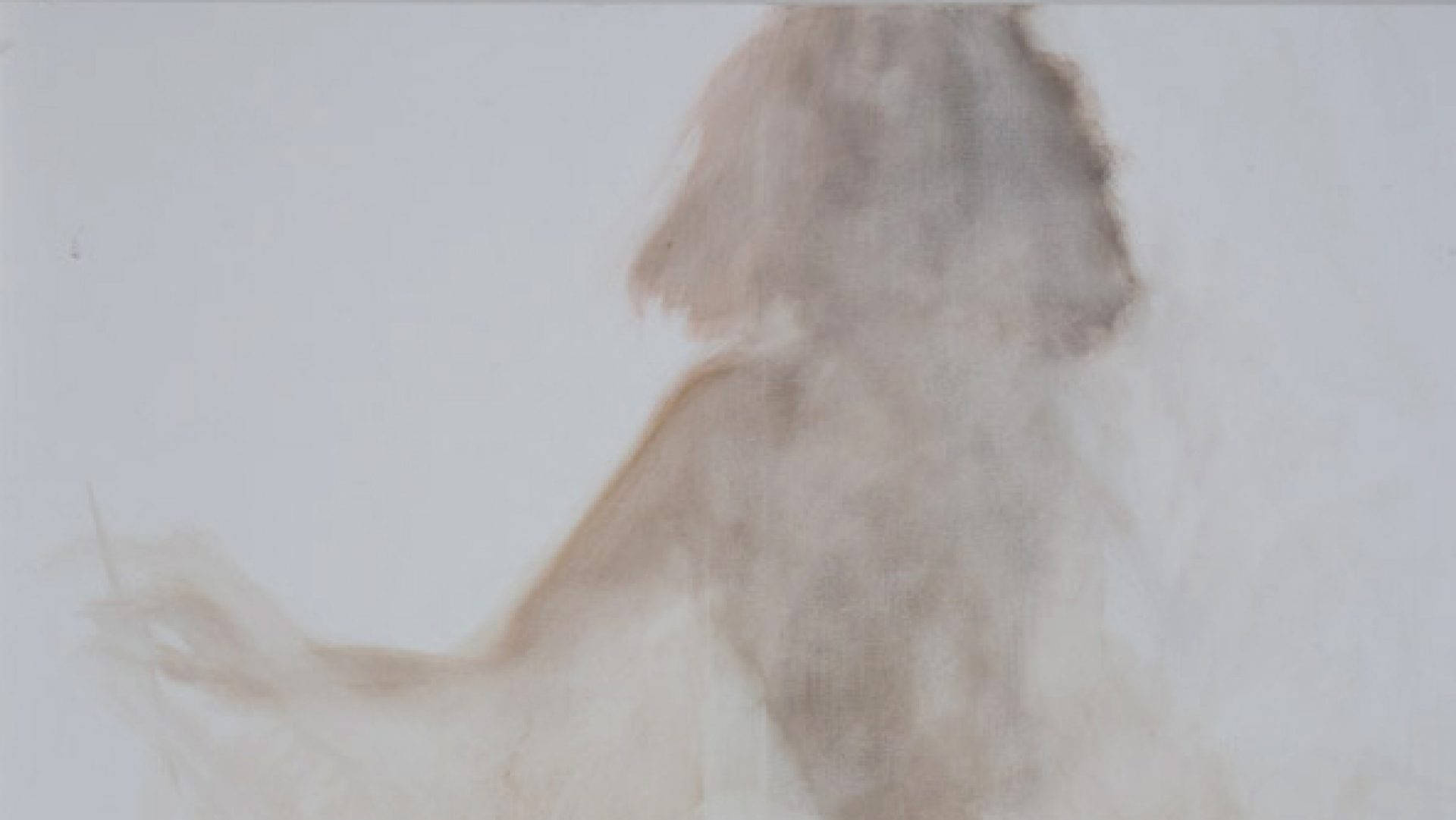If one looks for an image that can do without images, an absolute that can never be written, just like a beautiful silence, White appears. It is Moby Dick, the theological White, the via negativa towards spoliation. What other paradise does Milton’s renunciation of the rhyme of blank verse open up? The beauty of White, which each thing attains when it loses its identity and its fiction, absorbed by the light which concerns all the space of pure appearing.
The desire of a possible eternity, unscathed from every proliferating seduction of the eyes, aspires to White; to the calm of a safe purity; to the idea of pure salvation deposed in the object that carries it, like the innocence of the lily in Kant. Snowed on the images of the words for things. A profound breath. Lowered eyelids. In Joachim’s prophetic vision, White is the colour of the middle Age. The Transfiguration of Beato Angelico in San Marco, and the face that Piero [della Francesca] translated [through his fresco] at Monterchi simply emanate it: the albus turns into purity, following to the two words that are used in Latin to distinguish passive pallor from active White, candidus, that becomes splendour.
Painting must have always tried to provoke candidum on the album ready to receive it, so that its very matter, reviving, may finally appear woven with the light of the eye that generates it, according to the sceptic virtue of scrutinising attentively. Especially if the gaze pauses – as I have tried to do here – in the dense abstraction of the White of the canvas, the abyssal space of painting, from where the daily appearing and passing away of forms take on a transient substance. A pregnant absence that only White, in it stillness, may deduct.
